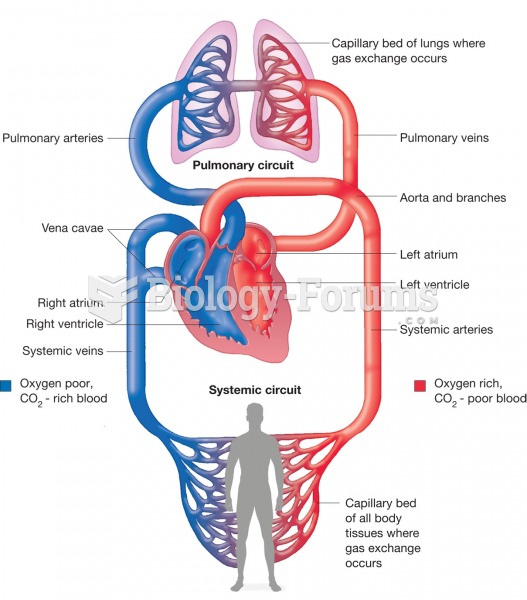Answer to Question 1
The single-system hypothesis suggests that two languages are represented in just one system or brain region. Alternatively, the dual-system hypothesis suggests that two languages are represented somehow in separate systems of the mind.
Research suggests that two languages seem to share some, but not all, aspects of mental representation. Learning a second language is often a plus, but it is probably most useful if the individual learning the second language is in an environment in which the learning of the second language adds to rather than subtracts from the learning of the first language. For beneficial effects to appear, the second language must be learned well. In the approach usually taken in schools, students may receive as little as two or three years of second-language instruction spread out over a few class periods a week. This approach probably will not be sufficient for the beneficial effects of bilingualism to appear. Schooling, however, does seem to yield beneficial effects on acquisition of syntax. This is particularly so when a second language is acquired after adolescence. Furthermore, whenever possible, individual learners should choose specific kinds of language-acquisition techniques that best fit their needs, abilities, preferences, and personal goals for using the second language.
Answer to Question 2
A dialect is a regional variety of a language distinguished by features such as vocabulary, syntax, and pronunciation. Sometimes, differing dialects are assigned different social statuses, such as standard forms having higher status than nonstandard ones. The distinction between standard and nonstandard forms of a language can become unfortunate when speakers of one dialect start to view themselves as speakers of a superior dialect. The view that one dialect is superior to another may lead one to make judgments about the speaker that are biased. This linguicism, or stereotype based on dialect, may be quite widespread and can cause many interpersonal problems. For example, we frequently make judgments about people's intelligence, competence, and morality based on the dialect they use. Specifically, a person who uses a nonstandard form may be judged to be less educated or less trustworthy than a person who uses a more standard form. Usually, the standard dialect is that of the class in society that has the most political or economic power. Virtually any thought can be expressed in any dialect.







